
Product test
Galaxy S25 Ultra review: where AI helps – and where it doesn’t
by Jan Johannsen

The Galaxy S25 Edge easily joins the ranks of Samsung's top smartphones. Nevertheless, the "style" is the only reason to spend a lot of money on the extremely thin mobile.
The Galaxy S25 Edge is 2.4 millimetres or 30 per cent thinner than the Galaxy S25 Ultra. Nevertheless, Samsung has managed to fit many things from the top smartphone into the 5.8 millimetre housing. Only the telephoto camera is missing and the smaller battery ensures a shorter battery life. In terms of price, it should actually be cheaper than the ultra smartphone, but this currently costs less because it has already been on the market for several months.
The Galaxy S25 Edge is noticeably thin. But this is neither an advantage nor a disadvantage. My concern that the Edge is too thin quickly vanishes. I can grip it easily and securely. It also feels as sturdy as any other smartphone. I don't have to handle it with kid gloves because it looks so delicate. The appearance is what makes the thin S25 so special.
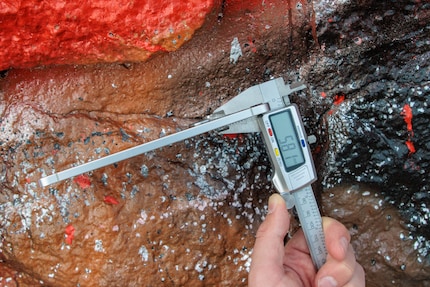
With its 5.8 millimetres - without camera bump - the Galaxy S25 Edge is currently the thinnest smartphone available. The closest is the Hot 50 Pro from Chinese manufacturer Infinix, which measures 6.88 millimetres. At 5.75 millimetres, the slightly thinner Tecno Spark Slim has so far only existed as a concept and exhibit at trade fairs. The thinnest smartphone available for purchase to date remains the Motorola Moto Z from 2016 with just 5.2 millimetres - and attachable attachments.
Including the camera bump, the Galaxy S25 Edge measures 10.2 millimetres. Which is still the thinnest in a small sample of several other smartphones.
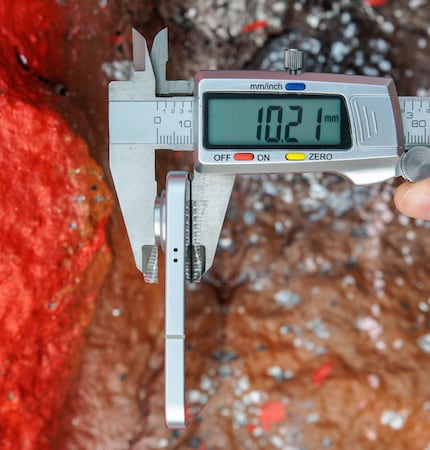
If the housing is thinner, there is less space for the battery. A smaller battery means a shorter runtime. However, Samsung has managed to significantly increase the battery life of its top smartphones this year. And so the S25 Edge achieves the same battery life as the S24 Ultra from 2024 with a battery that is over 20 per cent smaller.
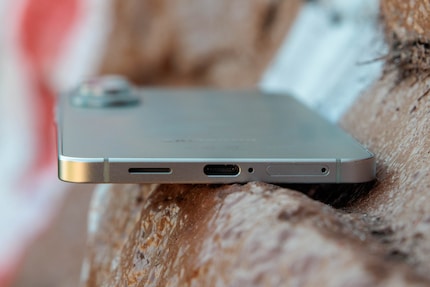
At 3900 mAh, the battery of the S25 Edge has a significantly lower capacity than the S24 Ultra or the S25 Ultra with 5000 mAh on. The PCMark Work 3.0 battery test measured a runtime of 10:59 hours. This is clearly shorter than the impressive 16:10 hours of the S25 Ultra. However, the Edge has nothing to hide. In terms of time, it equalled or even exceeded the S24 Ultra and other devices with a larger battery in the test.
The Galaxy S25 Edge runs Android 15 out of the box. Samsung provides the operating system with its One UI 7.0 user interface and Galaxy AI. The thin smartphone therefore has the same AI functions as the other S25 models. The manufacturer also promises to provide the Edge with updates and security updates for seven years.
The omission of the telephoto cameras is more serious. The S25 Ultra has two of these and the other two S25s have one each.
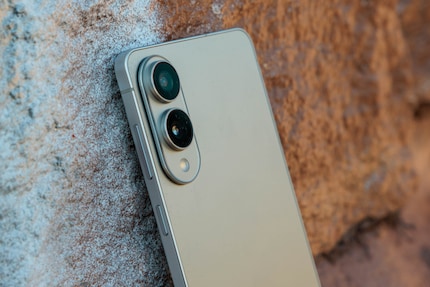
Samsung has installed the same 200-megapixel main camera in the Galaxy S25 Edge as in the Ultra, which delivers correspondingly high-quality photos. However, I have learnt to appreciate being able to use a telephoto camera with optical zoom. I wouldn't want to swap that for a digital zoom - no matter how useful it is.
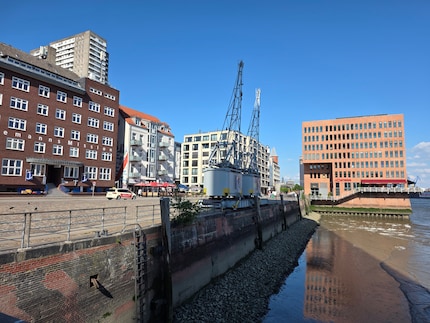

The difference in the wide-angle camera is less noticeable. Although the S25 Edge only employs 12 megapixels, the S25 Ultra usually downsamples the images from its 50-megapixel camera to 12.5 megapixels. Nevertheless, the sensor and pixel size and aperture make for recognisable differences in which I see the Ultra slightly ahead. But the Edge is far from bad.
The 12-megapixel front camera is again identical on both smartphones.

Samsung uses the same outstanding AMOLED display in the Galaxy S25 Edge as in the S25 Ultra and S25+. However, its size of 6.7 inches is only the same as the S25+. The S25 Ultra comes with the same display technology at 6.9 inches.
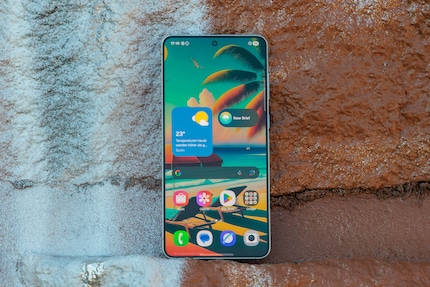
In addition, the Snapdragon 8 Elite is the same chipset used in the other S25 models. Fears that it would be less well cooled in the smaller housing and therefore deliver lower performance are quickly dispelled. No significant differences can be recognised in various benchmark tests. The deviations are within the upper and lower tolerance range. In the end, it remains to be said: The S25 Edge has plenty of computing power.
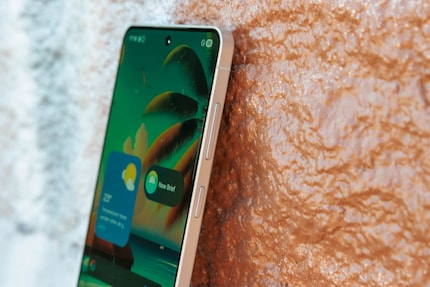
The recommended retail price of the Galaxy S25 Edge is set by Samsung between the S25+ and S25 Ultra. However, the Ultra has become cheaper in the months since it went on sale. As a result, the S25 Edge currently costs more, not less, than Samsung's top smartphone. This currently destroys the idea of «you get a thinner smartphone with slightly fewer features for a lower price». If you don't have to have the extremely thin S25 Edge for style reasons, the S25 Ultra or the S25+ are currently the better deals. But that may change over time.
The fact that the Galaxy S25 Edge is so thin may or may not be a good thing. I tend to favour chic. The design only has one disadvantage: there is no telephoto camera. Apart from that, it is on a par with the S25 Ultra - which is hardly surprising given the identical display, software, cameras and processor.
The smaller battery of the S25 Edge has a shorter runtime than that of the Ultra. However, it still easily reaches the level of other top smartphones with larger batteries. If the style is worth the extra price for the Edge and you can do without a telephoto camera, there is nothing to be said against the very thin smartphone.
Pro
Contra
As a primary school pupil, I used to sit in a friend's living room with many of my classmates to play the Super NES. Now I get my hands on the latest technology and test it for you. In recent years at Curved, Computer Bild and Netzwelt, now at Digitec and Galaxus.